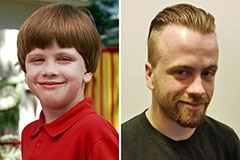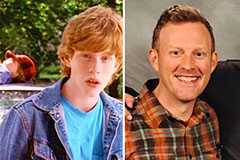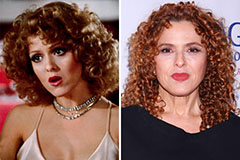Cinematography exists at the heart of filmmaking, transforming stories into aesthetic masterpieces that astound audiences. Via lighting, framing, and activity, cinematographers bring a director's vision to life, producing minutes that stay engraved in viewers' minds.
Lighting is among one of the most powerful tools in cinematography, with the ability of shaping mood, tone, and feeling. Techniques like three-point illumination give a balanced technique by utilizing a key light, fill light, and backlight to highlight subjects and add deepness. Subtle lighting, commonly seen in movie noir, creates remarkable darkness and stress, while high-key lighting provides a softer, extra joyful environment. All-natural light is another favoured choice, typically made use of in independent films to add authenticity and realistic look. Understanding the interplay of light and shadow is necessary for developing visual storytelling that reverberates psychologically.
Framework and composition are equally important in assisting the target market's emphasis and informing the story visually. The guideline of thirds, a foundational method, aids structure topics in a way that feels balanced and engaging. Balance and leading lines, on the other hand, draw the customer's eye towards crucial elements, usually creating striking or dynamic images. Depth of field is another crucial consideration; shallow focus highlights a subject by blurring the background, while deep focus keeps every aspect in sharp detail, adding complexity to the shot. Each framing choice contributes to the narrative, forming just how visitors regard the tale.
Cam activity improves the storytelling by adding energy, emotion, or perspective to scenes. Techniques like tracking shots, where the electronic camera adheres to a subject, submerse the target market in the personality's journey. Dolly zooms, made well-known in Hitchcock's Vertigo, create a sense of worry by simultaneously focusing while the electronic camera moves backward. Portable shots bring a sense of raw intimacy and realism, often made use of at work or documentary-style films. By incorporating lights, framework, and filmmaking motion, cinematography becomes the aesthetic language of movie theater, communicating significance and emotion past words.
 Daniel Stern Then & Now!
Daniel Stern Then & Now! Michael Oliver Then & Now!
Michael Oliver Then & Now! Michael C. Maronna Then & Now!
Michael C. Maronna Then & Now! Justine Bateman Then & Now!
Justine Bateman Then & Now! Bernadette Peters Then & Now!
Bernadette Peters Then & Now!